Around the World in Many Days, V: South Pacific
Quite unfortuitously, our arrival in Samoa more or less coincided with the arrival of Tropical Cyclone Gita (the second cyclone of the Pacific season).
We landed in Samoa before noon on February 6th to a hot and sunny island. By midday of the 7th, intermittent rain began, at times light, at times heavy, with little or no sun appearing in the sky over the next two days, preventing us from fully exploring Apia (the capital) and its surrounding attractions. By the afternoon of the 9th, a tropical depression that had formed to the west (over Wallis and Futuna) was heading towards Samoa, with the government issuing cyclone warnings (which we first learned about from a taxi driver). And indeed by the early hours of the 10th, we could hear from our bed the tropical cyclone (category 1, by then christened Gita) raging outside, with torrential rain lashing and pouring, and powerful winds howling and whistling in the dark.
We woke up on the 10th to a shut-down Apia, with no electricity, no running water, barely any cellular network, the vast majority of businesses closed, limited bus and taxi traffic, fallen trees and billboards throughout, and quite a few streets and houses extensively flooded.
Still, we were the lucky ones, as our neighbourhood was not hit as hard as other parts of this tiny nation (two islands, less than 3,000 square kilometres, and a total of about 200,000 inhabitants). And, in a sense, Samoa was lucky too --- floodings and landslides, but "only" some two hundred evacuees and no casualties --- compared, that is, to the havoc the cyclone has since wreaked, as it strengthened to category 4 and made near landfall on Tonga.
We spent the two days following the cyclone (10th and 11th) --- both still overcast, windy and rainy --- mostly holed up in our room, briefly exiting only to see how the town was faring and buy some water. The electrical blackout lasted 30 hours, by which time the batteries on our sparsely used cellphones were close to empty. The water outage lasted 44 hours, during which we used collected rain water to shower once and to flush our toilet twice.
Accommodations:
- Martin's Airbnb room on Moamoa Road, Apia, Upolu (6 nights; not great, but we were only too glad to have a roof over our heads, given the circumstances).
Photo captions: (a-b) Samoa's colourful buses; (c) Apia's clock tower; (d-p) Samoa Cultural Village (traditional earth oven cooking, woodcarving, paper manufacture, painting, and dance); (q-x) Apia on the day after the cyclone
[Samoa] Chapter LV: In which we, Samoa, and Gita go each about our business
February 06, 2018
|
Apia, Samoa, 6-12 February 2018
Quite unfortuitously, our arrival in Samoa more or less coincided with the arrival of Tropical Cyclone Gita (the second cyclone of the Pacific season).
We landed in Samoa before noon on February 6th to a hot and sunny island. By midday of the 7th, intermittent rain began, at times light, at times heavy, with little or no sun appearing in the sky over the next two days, preventing us from fully exploring Apia (the capital) and its surrounding attractions. By the afternoon of the 9th, a tropical depression that had formed to the west (over Wallis and Futuna) was heading towards Samoa, with the government issuing cyclone warnings (which we first learned about from a taxi driver). And indeed by the early hours of the 10th, we could hear from our bed the tropical cyclone (category 1, by then christened Gita) raging outside, with torrential rain lashing and pouring, and powerful winds howling and whistling in the dark.
We woke up on the 10th to a shut-down Apia, with no electricity, no running water, barely any cellular network, the vast majority of businesses closed, limited bus and taxi traffic, fallen trees and billboards throughout, and quite a few streets and houses extensively flooded.
Still, we were the lucky ones, as our neighbourhood was not hit as hard as other parts of this tiny nation (two islands, less than 3,000 square kilometres, and a total of about 200,000 inhabitants). And, in a sense, Samoa was lucky too --- floodings and landslides, but "only" some two hundred evacuees and no casualties --- compared, that is, to the havoc the cyclone has since wreaked, as it strengthened to category 4 and made near landfall on Tonga.
We spent the two days following the cyclone (10th and 11th) --- both still overcast, windy and rainy --- mostly holed up in our room, briefly exiting only to see how the town was faring and buy some water. The electrical blackout lasted 30 hours, by which time the batteries on our sparsely used cellphones were close to empty. The water outage lasted 44 hours, during which we used collected rain water to shower once and to flush our toilet twice.
Accommodations:
- Martin's Airbnb room on Moamoa Road, Apia, Upolu (6 nights; not great, but we were only too glad to have a roof over our heads, given the circumstances).
Photo captions: (a-b) Samoa's colourful buses; (c) Apia's clock tower; (d-p) Samoa Cultural Village (traditional earth oven cooking, woodcarving, paper manufacture, painting, and dance); (q-x) Apia on the day after the cyclone
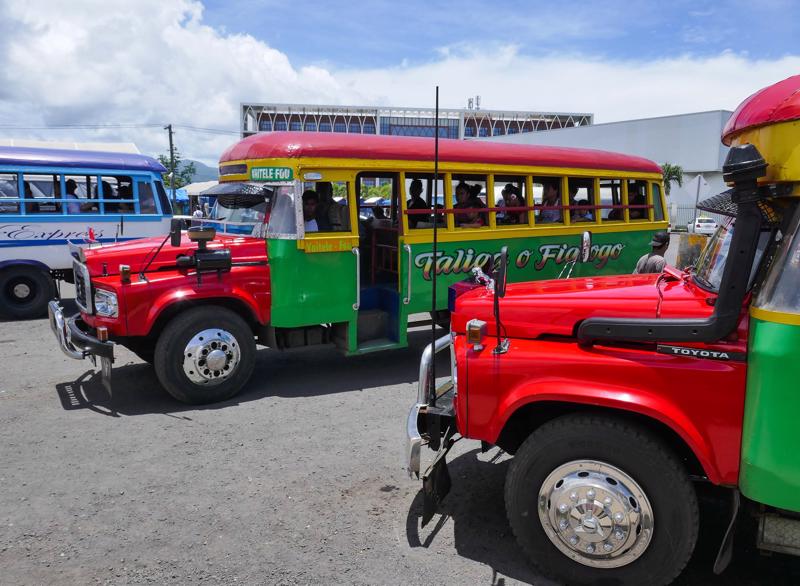
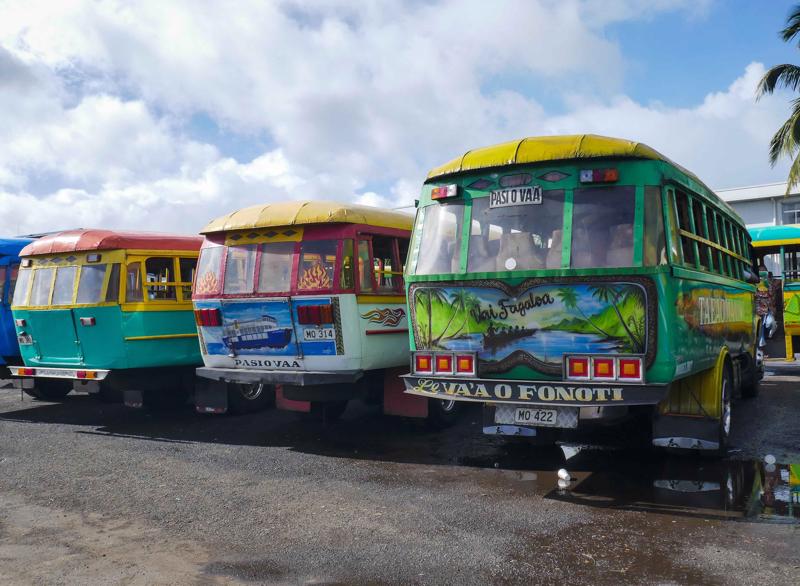
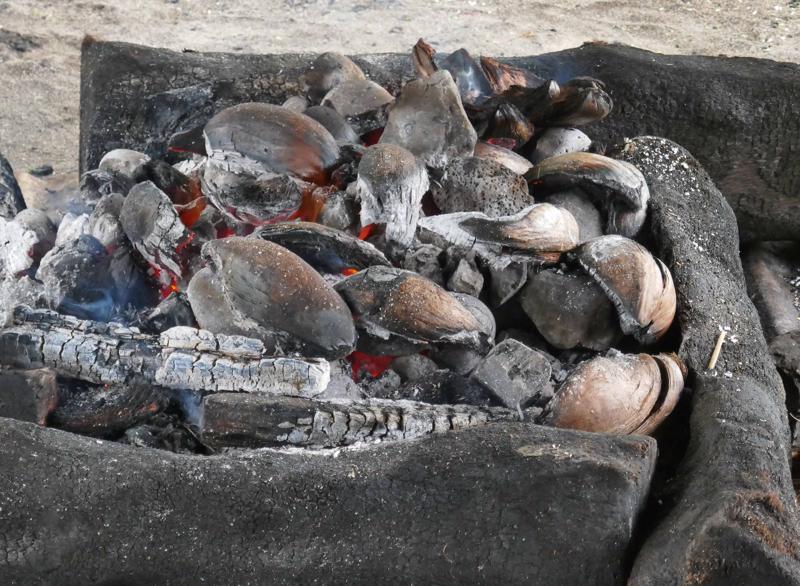
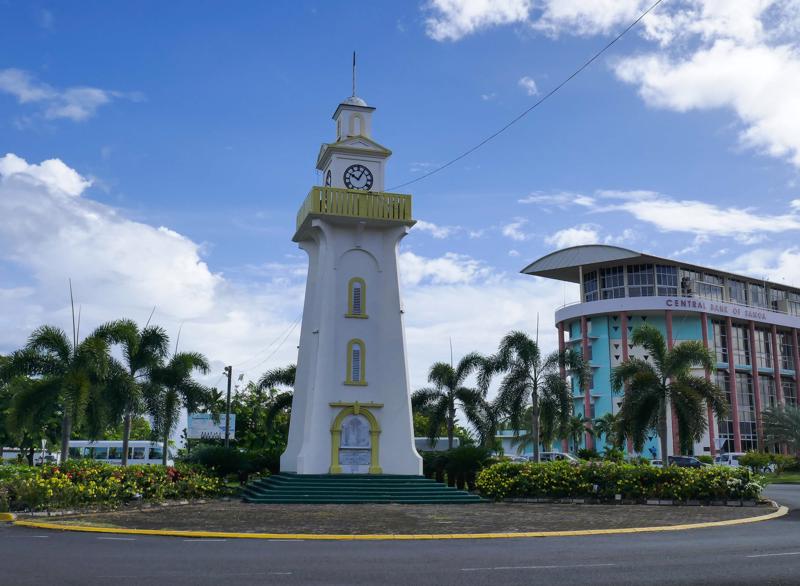
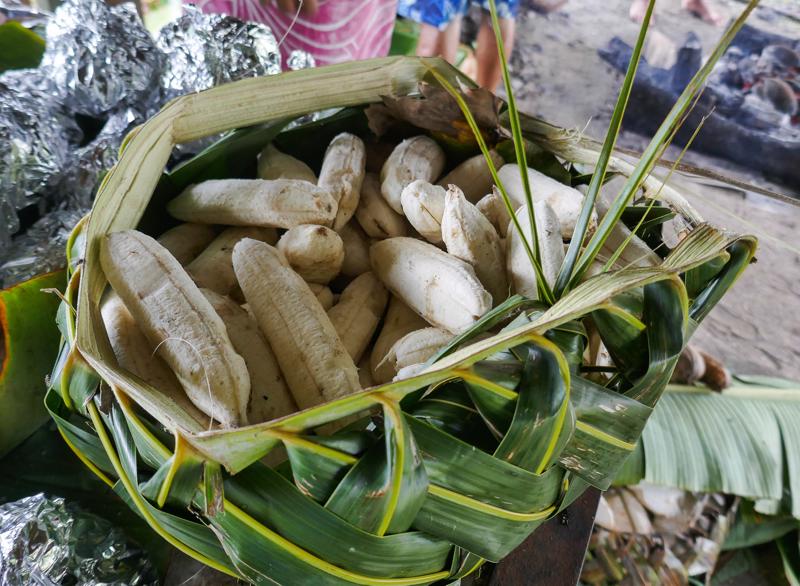
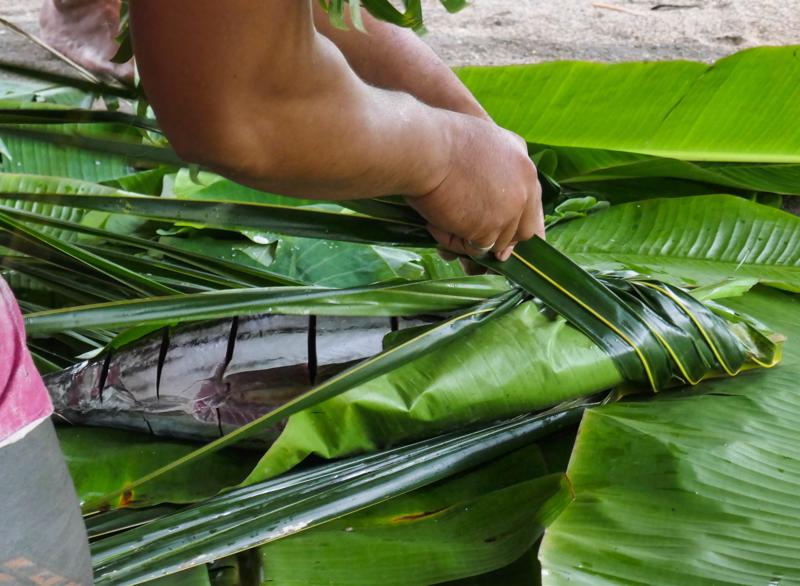
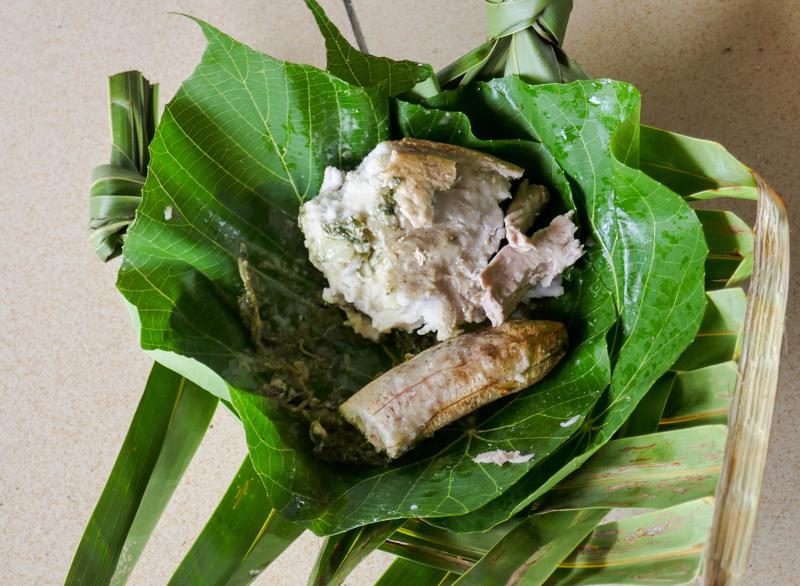
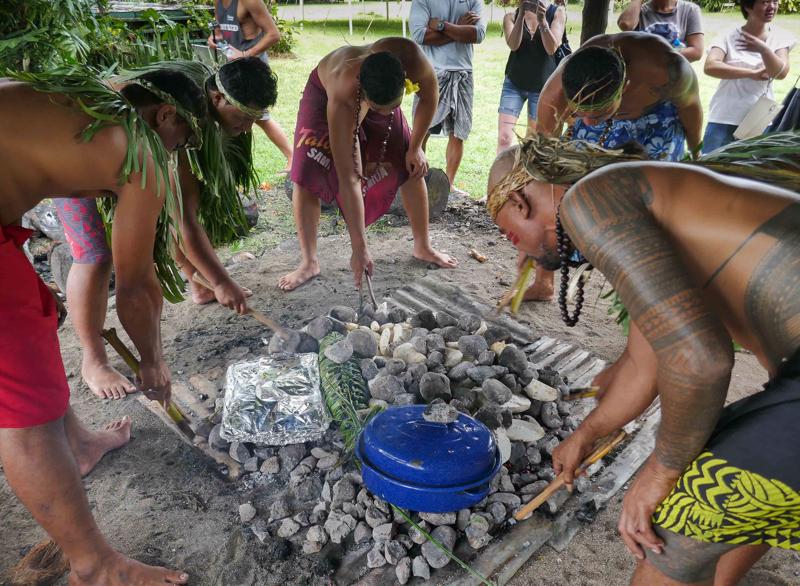
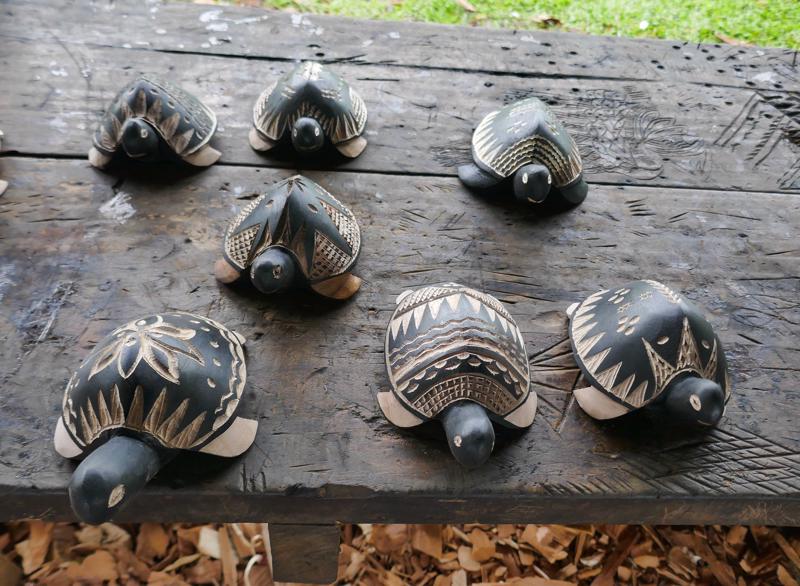
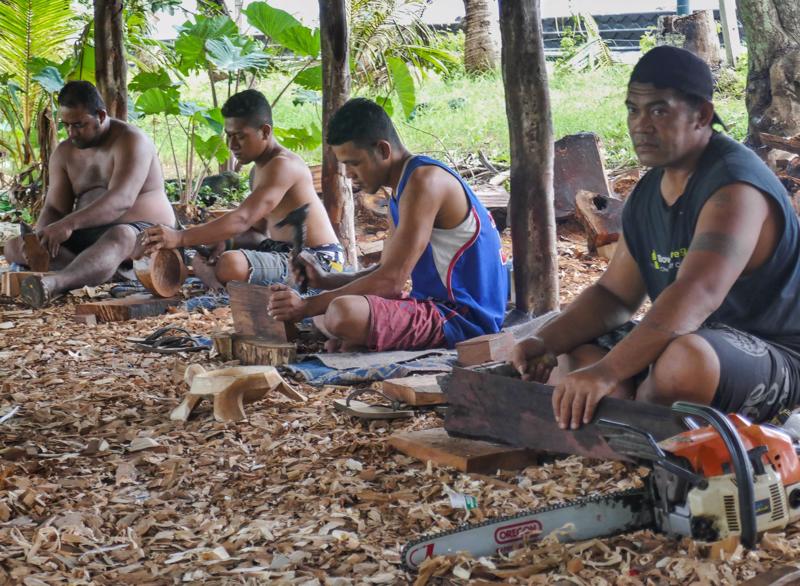
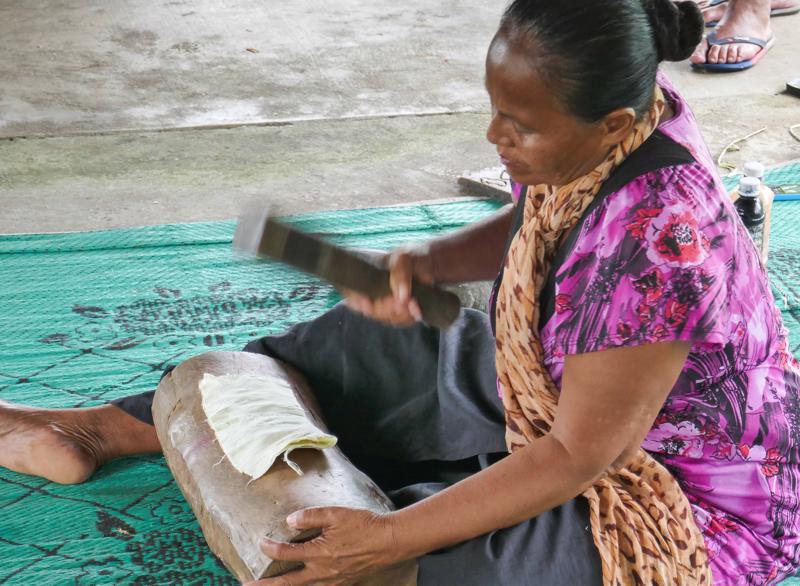
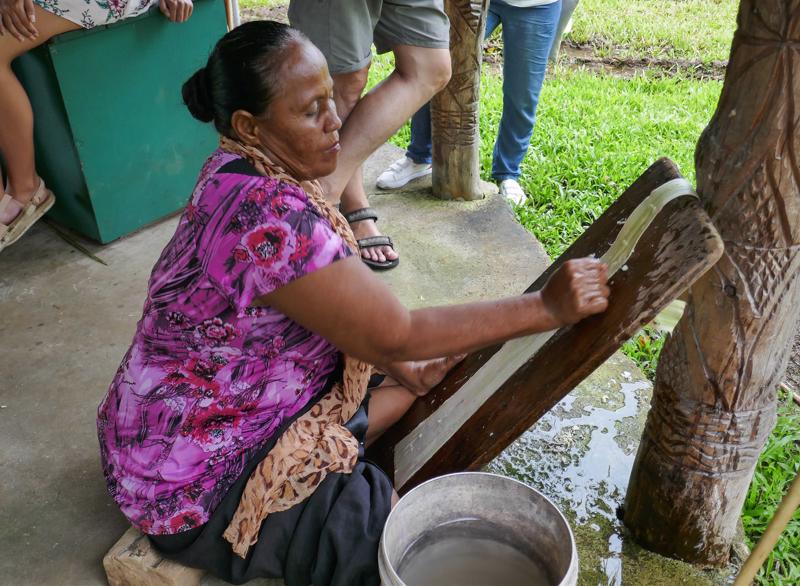
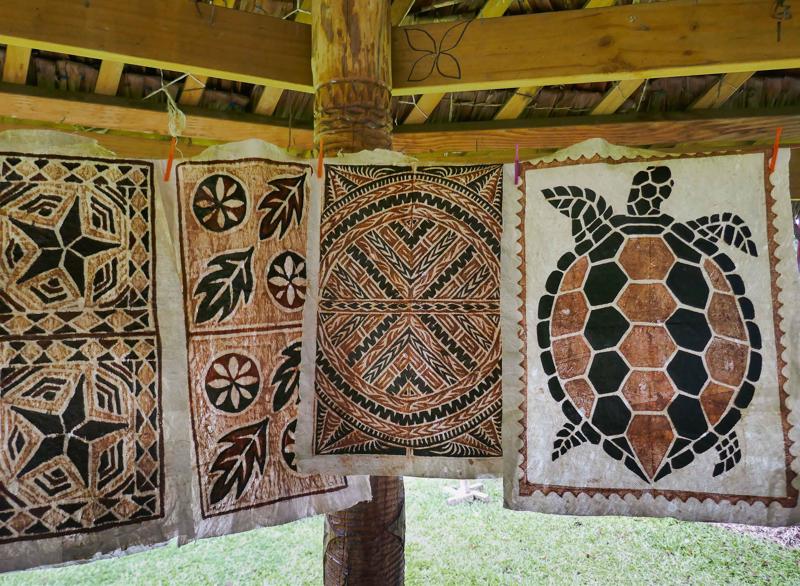
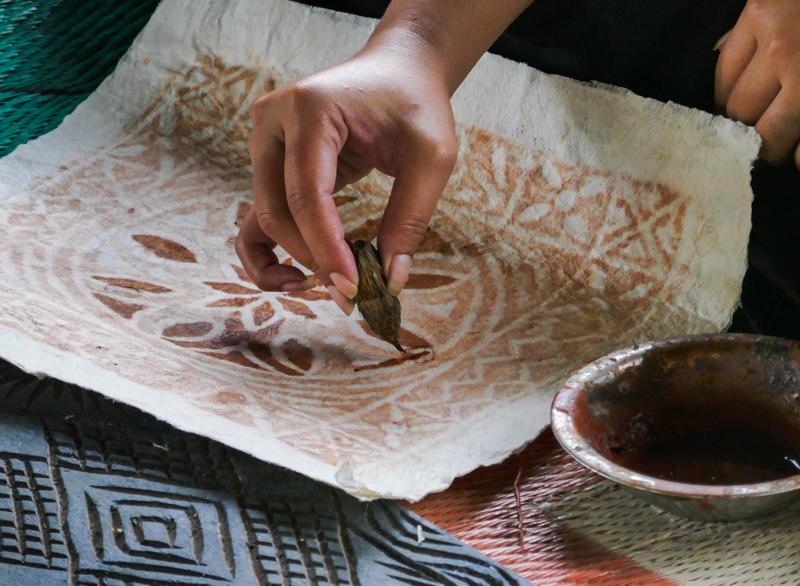
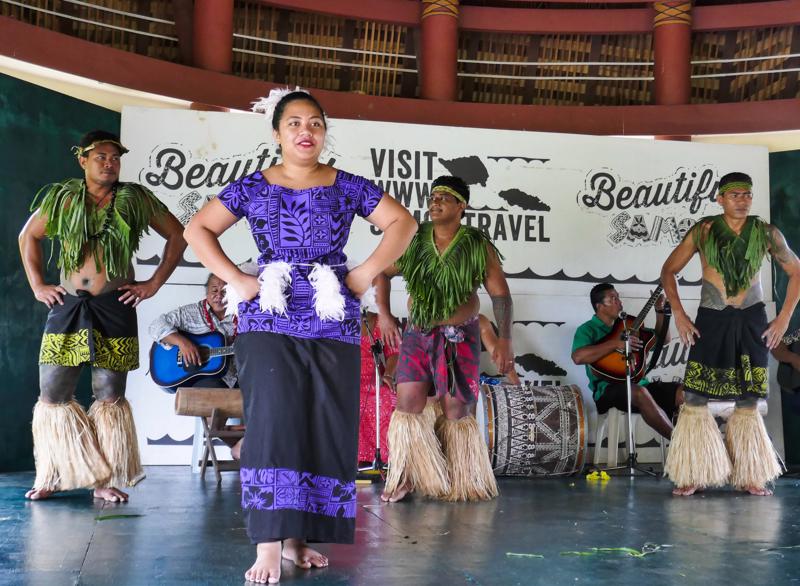
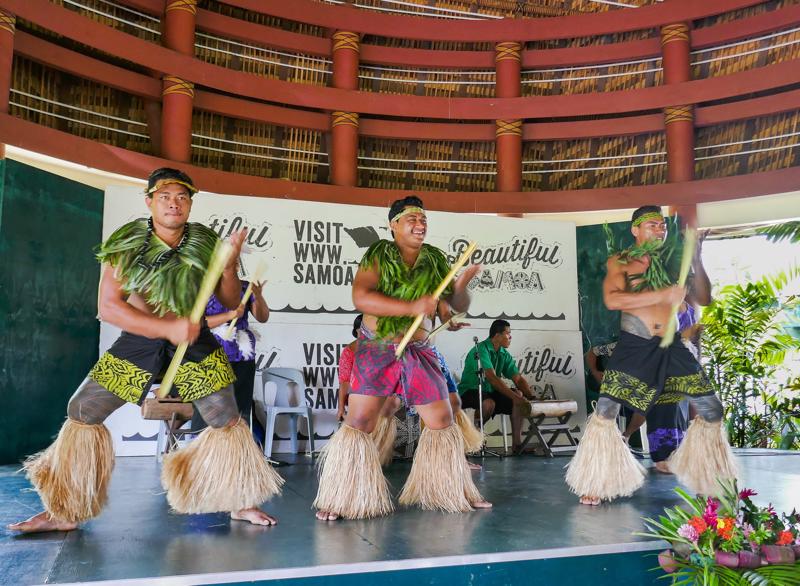
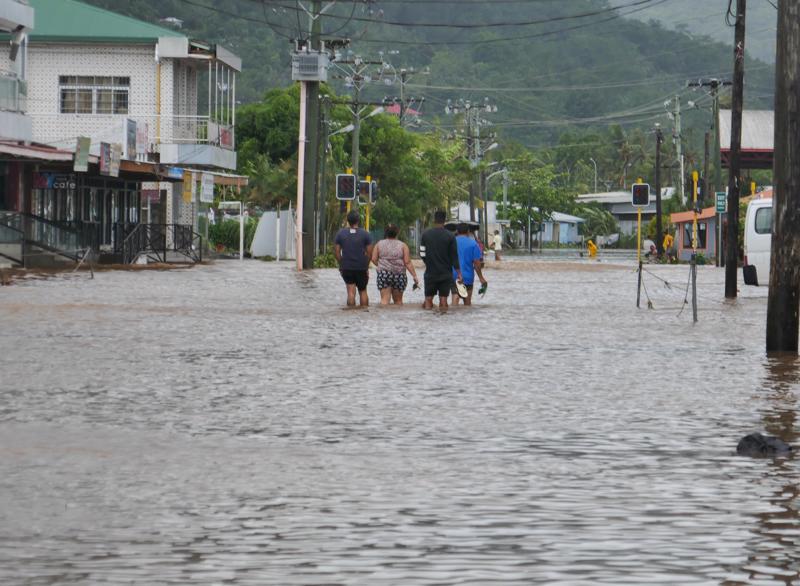
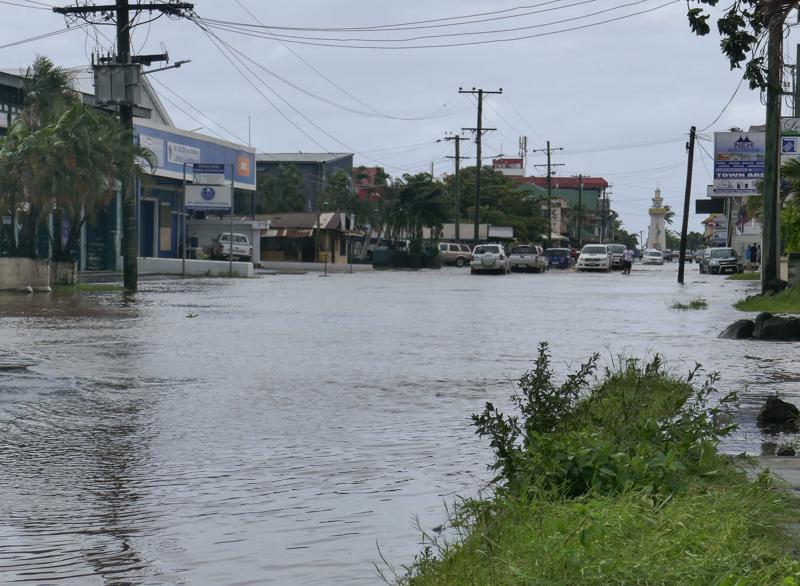
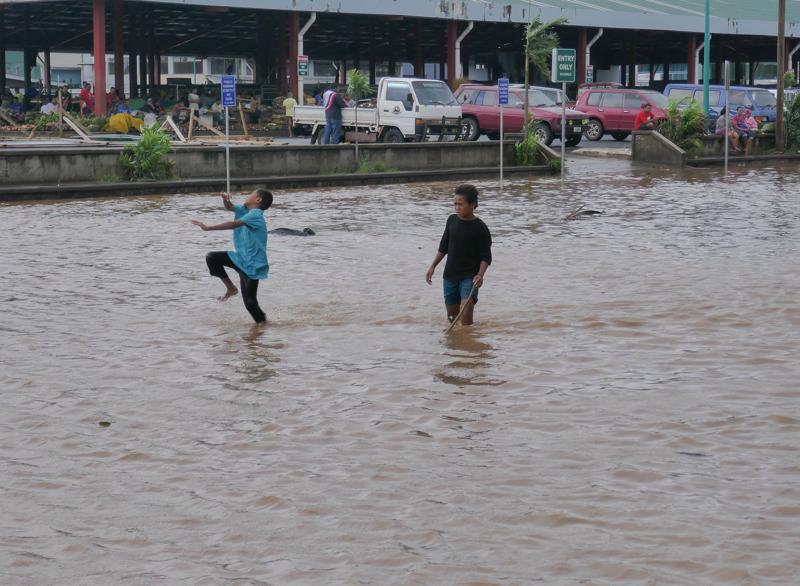
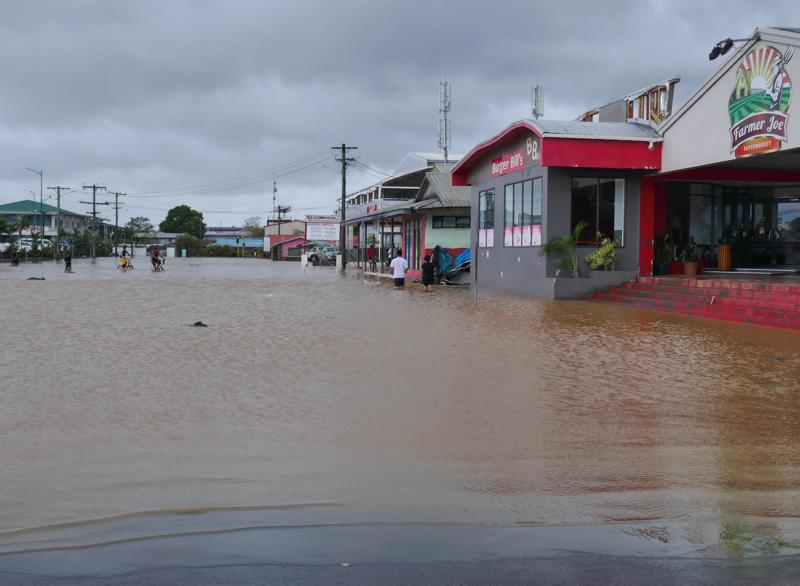
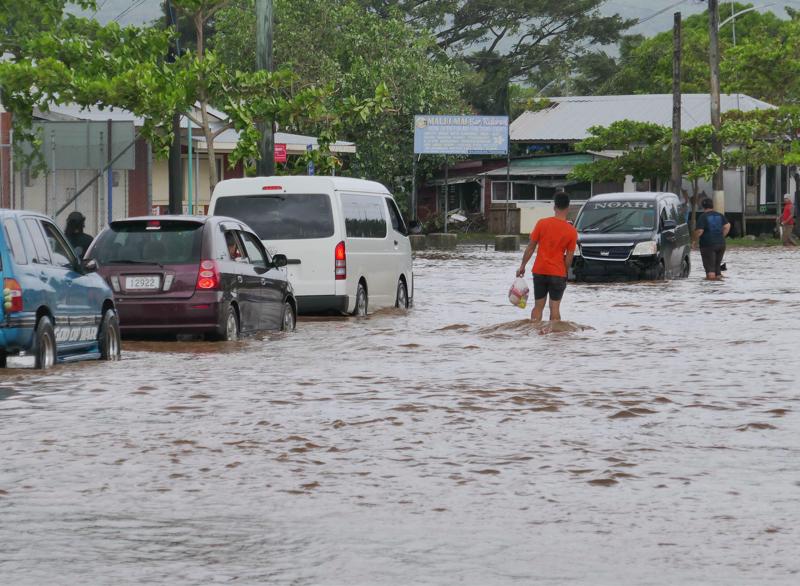
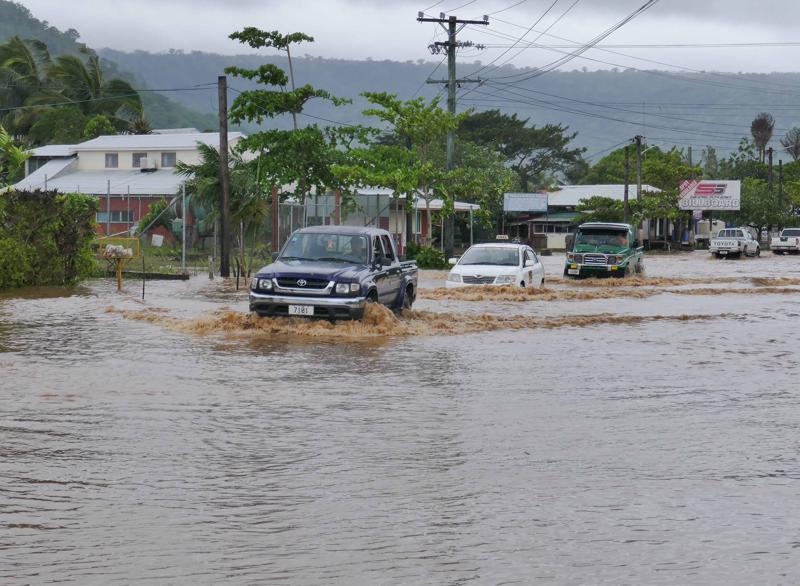
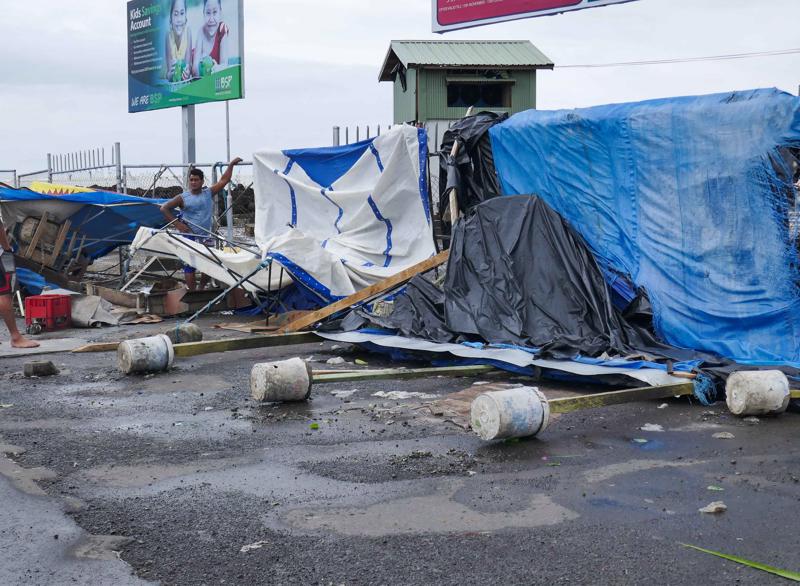
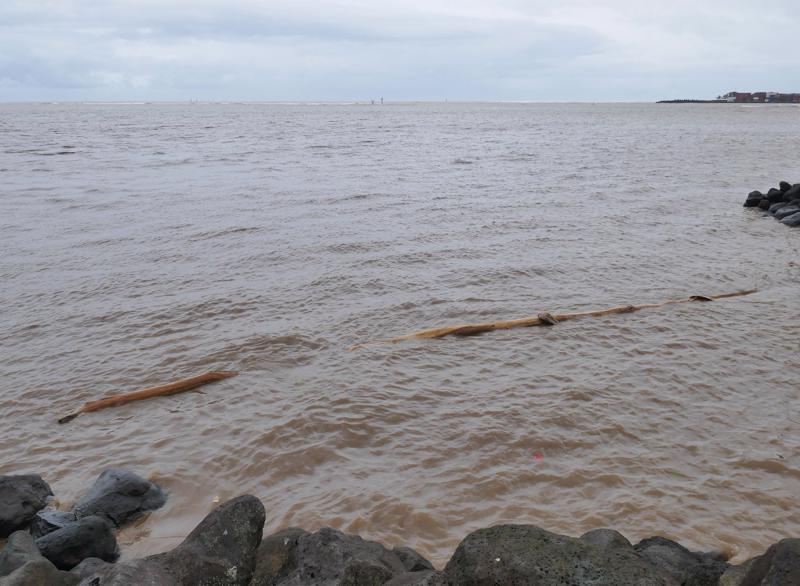
1.
[Fiji] Chapter XLVIII: In which N secures a common means of conveyance at a pretty good price
2.
[Fiji] Chapter XLIX: In which we venture into the Fijian timezone, and what ensued
3.
[Fiji] Chapter L: In which we receive a new proof that it is hot in the tropics
4.
[Fiji] Chapter LI: In which we visit Suva without actually seeing it
5.
[Fiji] Chapter LII: In which the bag of temperatures disgorges some thousands of centigrades more
6.
[Fiji] Chapter LIII: In which R does not seem to like in the least what is offered to him
7.
[Samoa] Chapter LIV: Showing what happened on the voyage across the antimeridian
8.
[Samoa] Chapter LV: In which we, Samoa, and Gita go each about our business
9.
[Samoa] Chapter LVI: In which we take a great interest in water and lava, and what comes of it
10.
Summary of Part V and Onwards to Part VI
Share your travel adventures like this!
Create your own travel blog in one step
Share with friends and family to follow your journey
Easy set up, no technical knowledge needed and unlimited storage!